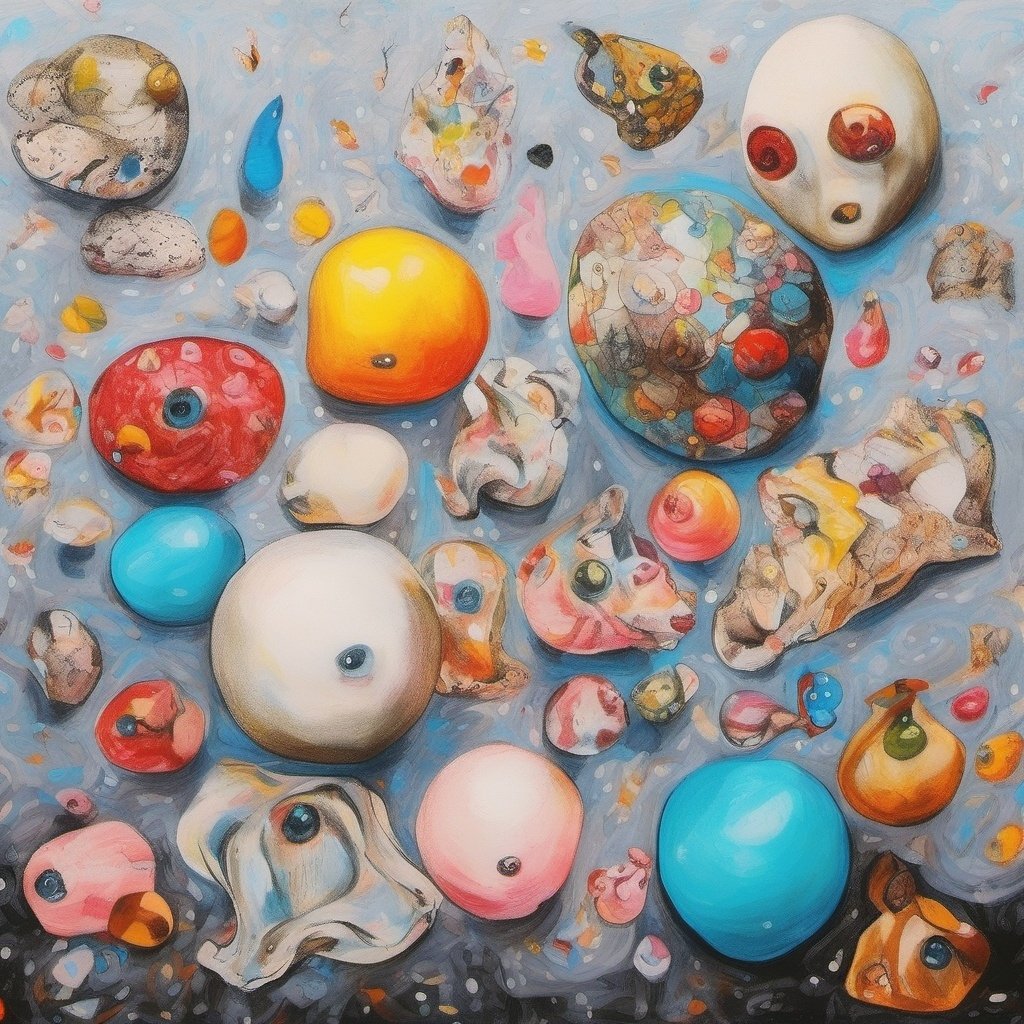What are Baroque Pearls? And how they’re cultured?
Baroque pearls are non-spherical pearls characterized by irregular, asymmetrical morphology. They form through biomineralization processes in mollusks (primarily bivalves of the families Pteriidae and Unionidae), differing from spherical pearls in their structural development.
Formation mechanism
These pearls develop when mollusks (like oysters or mussels) deposit layers of nacre around an irritant—but instead of forming smooth spheres, they take on organic, unpredictable shapes. Factors like water currents, the mollusk’s movement, or uneven nacre distribution contribute to their distinctive forms.
1. Nacre Deposition
(Computer Vision Based Nacre Thickness Measurement of Tahitian Pearls, Losedau et., 2017)
This process results from atypical aragonite (CaCO₃) and conchiolin layering around an irritant. And the irregular growth patterns are caused by:
- Non-uniform mantle tissue secretion
- Environmental stressors (temperature fluctuations, salinity changes)
- Physical disturbance of the pearl sac
2. Structural Characteristics
(Natural Shell Blisters and Blister Pearls: What’s the Difference?, Kwanreun et., www. gia.edu)
-
Cross-sectional microscopy reveals disordered nacre tablet alignment on baroque pearls.
-
Baroque pearls have higher incidence of structural defects compared to spherical pearls, which in return allows room for infinite possibility of shapes
Classification
Baroque pearls are categorized by:
1. Morphology
- Symmetrical (oval, teardrop, and many more as you can see from my creations)
- Asymmetrical (freeform)
2. Surface Features
- Nacre thickness
- Presence of Grooves and pits
- Luster
Why They are special
-
Uniqueness : No two baroque pearls are alike—their flaws become art.
-
Versatility : Their shapes inspire bold, modern designs or vintage-inspired pieces.
-
Affordability : Often more accessible than perfectly round pearls, without sacrificing elegance.
Cultural & Historical Charm
Baroque pearls rose to fame during the Renaissance and Baroque periods (hence the name), adorning royal regalia and ecclesiastical art. Today, they symbolize individuality and a connection to nature’s raw beauty.



